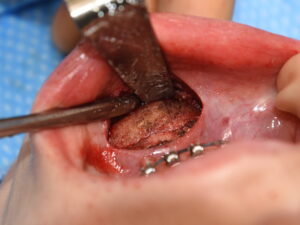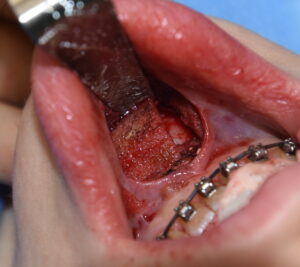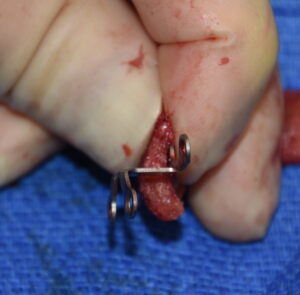Background: Chin implants are one of the most commonly performed facial reshaping surgeries. Like any form of facial reshaping surgery, however, its aesthetic success is dependent on the patient adapting to the structural change that has been done to their face. While techniques like preoperative computer imaging provide the patient with some insight into their potential results, this is not a guarantee that the patient will always be accepting of the change. Looking at it on a computer screen and then actually wearing it on your face can be different.
Chin implants are a great example of the discrepancy that can occur from a unilateral preoperative dimensional assessment as opposed to a three dimensional one. Almost all chin implant imaging and results online show the profile view and often only the profile view. This excludes the frontal and oblique views which is how the patient more often sees themselves…and it a far more common source of postoperative dissatisfaction. Some patients may love how they look in profile after their chin implant but dislike it greatly in more straight on views.
This is particularly relevant in women where widening of the chin after implant placement is one of the most common sources of aesthetic dissatisfaction. Women rarely want a wider, boxy or masculine frontal chin shape. And this is exactly what can happen when extended chin implant designs are used. This leads some women to seek a change but either replacement with a less widening style or removal and replacement with a sliding genioplasty.
Case Study: This female had a prior history of a Medpor chin implant which was placed from a submental approach. She believed its projection was 5mms. She was dissatisfied with the result as she desired more projection as well as disliked how her chin became wider. She wanted it removed and replaced with a sliding genioplasty.
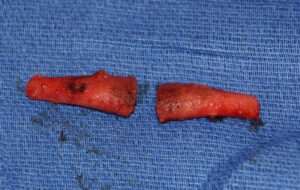
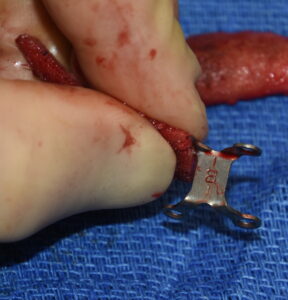
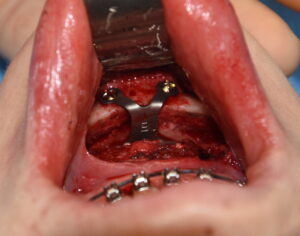
For some patients their initial chin implant is a learning experience as to what dimensional changes they may ideally like. This is not always obvious initially where one may have taken a conservative approach to the amount of initial chin projection. But when it comes to added chin width in a female, this is almost never a good idea.
Case Highlights:
1) Medpor chin implants that were placed submentally can be successfully removed intraorally.
2) Any intraoral chin implant removal provides the subperiosteal dissection needed to perform a sliding genioplasty.
3) The dimensional effects of the indwelling implant provide a good aesthetic guideline for the movements needed for the secondary sliding genioplasty.
Dr. Barry Eppley
Indianapolis, Indiana




